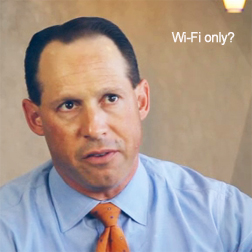
While some luxury brands continue to express interest in courting Generation Y, a demographic loosely defined as those born between 1977 and 1994 in the United States, other brands are setting their sights on another segment all together. They see the next surge in luxury consumers not confined to American Millennials but driven by emerging markets such as India and South Africa.
One new study, Wealth X, sees India...































